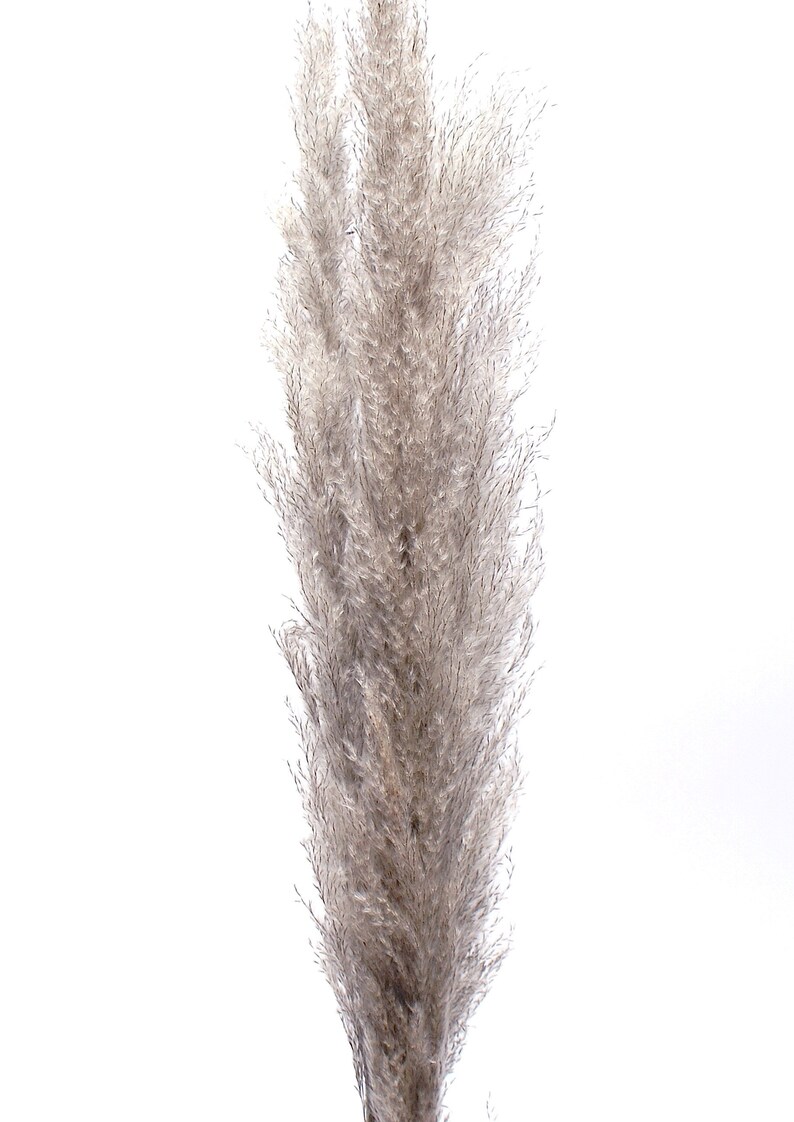

Since pampas grass is a perennial crop, it tends to take a bit longer to grow than most grasses. However, as winter sets in, the grass grows dormant up until early spring. The grasses can maintain their glamorous plumes for months, sometimes up to February, depending on how friendly the weather is. Just like most grasses, Cortaderia grasses bloom in August and September.

However, to grow this plant in colder regions, you must give it a lot of attention and tending. It can also grow in subtropical and mediterranean regions without any huge concerns or any intensive care. Pampas grass grows best in tropical regions such as Brazil, Chile, and most of South America. Give the grass at least two weeks for drying while carefully turning the stalks every three to four days. Now tie the small bunches of pampas grass with rubber bands and hang them upside down on the stand.Įnsure that there is enough space in between the stalks to guarantee a good airflow. This place must be sheltered from the rain. Group the stems into small bunches, preferably those of the same length.Īssuming that you have already constructed a drying stand for the grass, relocate the stand to a dry warm place. Follow the following steps when drying pampas grass:Ĭut your pampas grass stems at reasonable points to endure that the stalks are long enough. The process of drying natural pampas grass is quite taxing especially because you most likely want to protect the fluffy art from shedding.Īll the same, when dried properly and handled correctly, pampas grass does not shed that easily. The scientific name of fake pampas grass is Cortaderia selloana. Nevertheless, pampas grass can be nurtured to grow in other less friendly regions including some cold regions where it has to be grown in pots. This grass is very common in South America and likes tropical and subtropical climates. Pampas grass is a tall ornamental grass of the Poaceae family that resembles reeds.


 0 kommentar(er)
0 kommentar(er)
